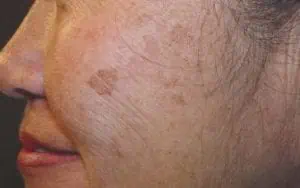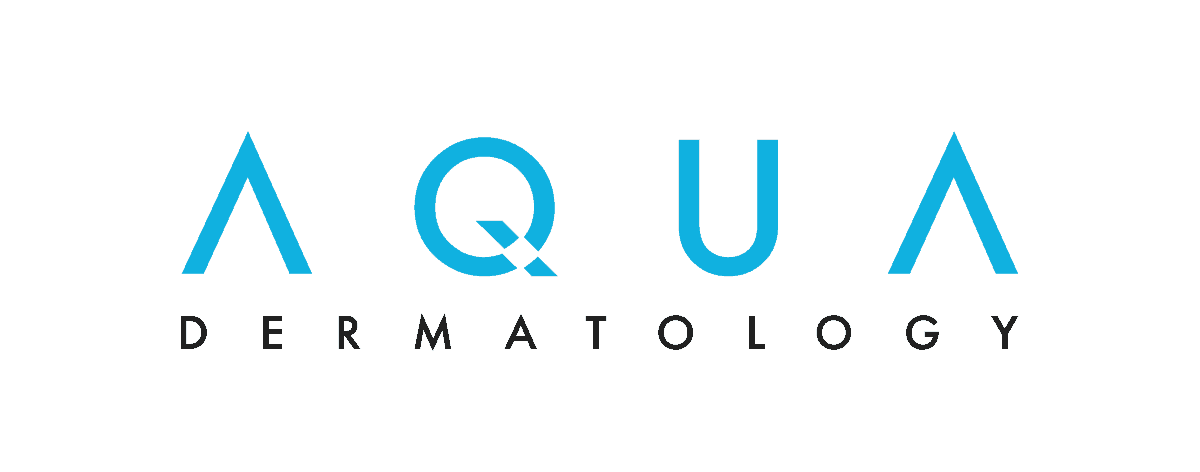
No one wants dark spots and skin discoloration, but the fact is millions of Americans have them. Hyperpigmentation is a general term that refers to a condition where the skin is discolored or darkened. Dark spots caused by hyperpigmentation can make you look older and can be the result of several factors including acne scarring, sun damage or inflammation from an eczema flare-up. Melasma is a type of hyperpigmentation that appears as a form of skin discoloration and is made worse by sun exposure. It affects more than five million Americans, mostly women. In order to properly treat these conditions, it’s important to understand the differences between them.
Hyperpigmentation
Hyperpigmentation includes any darkening of the skin. Acne, sun exposure, and skin rashes can stimulate the pigment-making cells of the skin, called melanocytes. When that happens, those cells often produce a surplus of pigment into lower levels of skin, causing a dark spot. The deeper the pigment, the harder it is to treat. It works much in the same way as a tattoo. The severity of skin darkening varies. When skin is consistently exposed to harmful UV rays without sunscreen protection, it will be more difficult to treat than a dark spot left over from a pimple that has been shielded from the sun.
Melasma
Melasma is a type of hyperpigmentation, more commonly seen in women and especially women with darker skin tones. It is believed to be triggered by UV exposure and hormones that increase during pregnancy and after starting oral contraceptive use or other hormonal therapies, which can make melasma tougher to treat than traditional hyperpigmentation.
You can usually tell if you have melasma based on the appearance of the spot, which typically appears as symmetric blotchy hyperpigmented patches on the face, often on the cheeks, nose, forehead, chin, and upper lip. It can occur on the neck and forearms as well as other parts of the body prone to sun exposure. Melasma generally is worse in the summer and improves in winter. It can also appear during pregnancy or after starting birth control or other hormonal treatments. Visible light and heat often contribute to melasma spreading. Some dermatologists recommend using makeup with iron oxide to help block visible light.
Treatment
Hyperpigmentation can be treated using chemical peels or with a variety of over-the-counter products that contain skin brighteners such as vitamin C, kojic acid, niacinamide, hydroquinone, and azelaic acid. Melasma is more difficult to treat. Because melasma remedies that work for one person do not necessarily work for another, it is difficult to identify one effective treatment. Many dermatologists recommend a combination of sunscreen to protect the skin, brightening ingredients, and laser treatments for patients with melasma.
Melasma often responds to treatment with lasers in low energy, such as the Clear + Brilliant laser which uses low energy fractionated technology for melasma, sun damage, and skin texture. At least three treatments are needed monthly followed up by treatment every six months to maintain results. Talk with your dermatologist to determine the right plan for your skin.
Skin Protection
Always use sunscreen to protect your skin. Use a moisturizer with sunscreen and apply sunscreen with an SPF of 30 or higher every two hours when you plan to be in the sun or even inside sitting near a window. Hyperpigmentation and melasma can likely be avoided by incorporating sunscreen into your daily skin regimen.
At Water’s Edge Dermatology, our board-certified physicians and medical support team can create an effective treatment plan to treat your hyperpigmentation or melasma.





